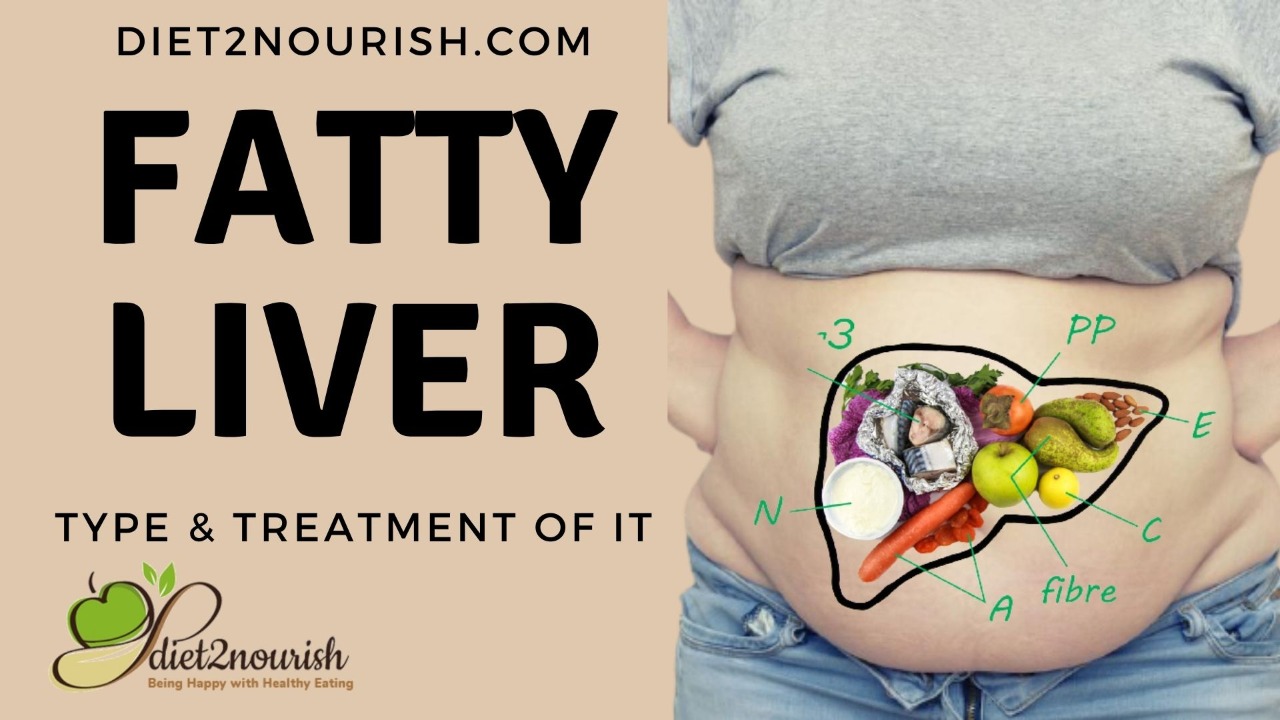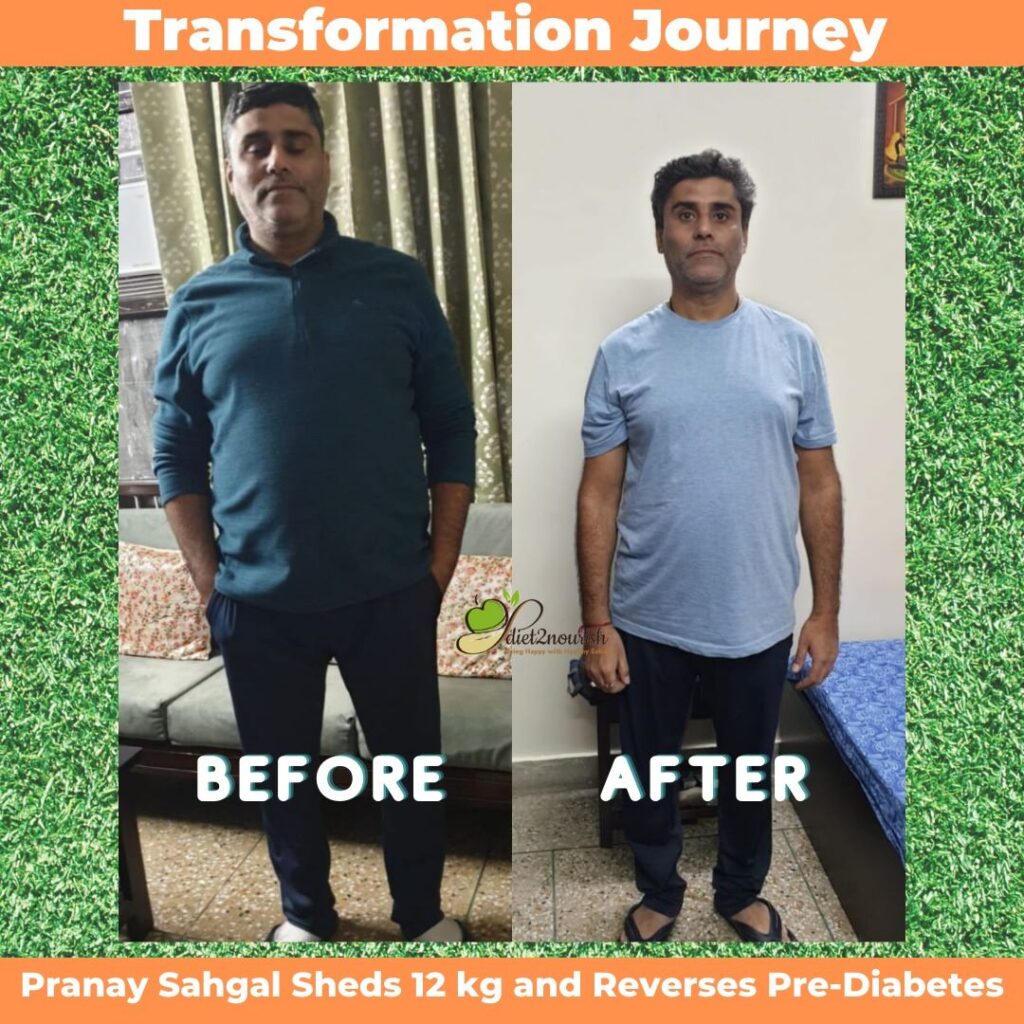Fatty Liver Diet Chart Indian
Fatty liver can affect both children as well as adults, but it mostly affects people who are obese or have other risk factors for this disease, such as an unhealthy lifestyle. Fatty livers are often times referred to as steatohepatitis and cause inflammation in the organ, which can lead to scarring and permanent damage to the organ.
In this guide, we have discussed 7 day fatty liver diet meal plan.
How to recognize and prevent fatty liver disease?
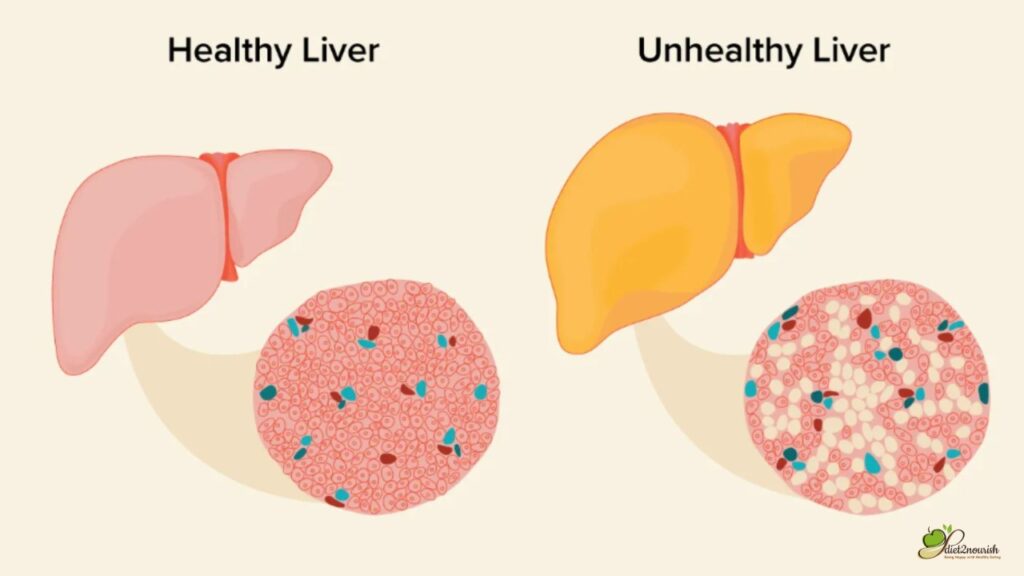
Did you know that fatty liver is often misdiagnosed, leading to missed opportunities for treatment and cure? Recognizing the symptoms early on could help save your life from fatty liver disease’s associated complications.
Fatty liver disease can lead to some serious complications, such as cirrhosis and liver cancer. It is important to know the signs of fatty liver in order to prevent the disease.
Fatty liver disease is a complex condition that affects everyone. People with fatty liver may be asymptomatic but they are at an increased risk for cardiovascular problems, kidney failure, hepatitis, or cancer if left untreated.
One of the most common symptoms of fatty liver is high total cholesterol levels and high LDL cholesterol levels. Another symptom of the disease is jaundice – yellowing eyes and skin.
An individual with fatty liver can also experience symptoms such as fatigue, loss of appetite, nausea and abdominal pain. Fatty liver can be diagnosed through clinical tests like blood tests for inflammation markers and ultrasound scans for fat accumulation. If you have these symptoms bring these up with your physician for further evaluation and treatment if needed.
What is a Fatty Liver?

A fatty liver is a condition that causes the liver to be swollen and can lead to serious health consequences.
Fatty liver is a condition in which the liver becomes enlarged and filled with fat tissue. Fatty livers are commonly seen in people who have obesity or non-alcoholic fatty liver disease (NAFLD). The condition can cause illness, injury, and death if it progresses over time.
Studies have shown that one of the most common causes of death from NAFLD is cardiovascular disease or sudden cardiac death.
A fatty liver, also known as liver cirrhosis, is a term for any of several conditions where the liver has too many fat cells. This can sometimes be seen on ultrasound, CT or MRI scans. The most common cause of fatty livers is obesity.
A fatty liver can lead to other serious health risks, including heart disease, hypertension, and type 2 diabetes. Additionally, it has even been suggested that a fatty liver may increase the risk for certain cancers such as colon cancer and pancreatic cancer. Therefore, a patient is recommended to follow liver cirrhosis diet & eat food for liver cirrhosis condition.
In this condition, the liver stores a significant amount of fat, leading to symptoms such as fatigue and weight gain. Sometimes, fatty liver leads to inflammation and scarring of the liver, which can prove fatal.
It is caused by various factors that lead to inflammation, including obesity, high cholesterol levels, and alcohol abuse. The more severe the fatty liver condition becomes, the more symptoms a person will experience. A high cholesterol or BP levels can invite a lot of other issues too, therefore, it is wise to invest in a cirrhosis low sodium diet.
How is it caused? It is caused by different types of cells in the body degrading into fat cells, which can cause a variety of health problems including non-alcoholic steatohepatitis or NASH. The condition can also linked with certain types of cancer and heart disease because when cells turn into fat cells they may become damaged or turned cancerous.
The Causes of Fatty Liver

Fatty Liver is a common disease that affects many people. It is the most common liver disorder in the world today.
A person with a fatty liver experiences an enlarged liver due to the accumulation of fat and inflammation. While we don’t know what causes fatty liver disease, some theories suggest that it may be caused by obesity or excess alcohol consumption. Studies also show that most people with fatty liver have normal blood sugar levels and do not have diabetes.
So the causes of fatty liver are unclear but it is often associated with obesity, excess alcohol consumption, or diabetes over time.
Fatty liver is a common occurrence in people with chronic alcohol consumption. The problem can be difficult to diagnose, and many patients with fatty liver do not receive treatment because they believe that there are no symptoms present.
Fatty liver is characterized by the retention of fat in the liver tissue. It can lead to other health problems such as cirrhosis and may cause fatigue and even death if it becomes severe enough.
The correct diet for a fatty liver patient
A fatty liver can lead to a number of health issues as well as difficulty in weight loss.
The most important thing about the diet for a fatty liver patient is that they should not attempt to lose weight too quickly or drastically. They should focus on healthy eating habits and incorporate exercise into their daily routine as well.
A fatty liver patient should follow a balanced diet, including plenty of vegetables, fruit, proteins and healthy fats in order to prevent the accumulation of fats in their body.
It is essential to know the diet that a fatty liver patient should follow. The fatty liver diet plan should include low in-take of saturated fat, and trans-fat. Exercise and regular monitoring of liver function tests should also accompany it.
There are benefits of following a low-fat, high-carb diet for people suffering from fatty liver as a low fat and high carb diets help in building healthy levels of cholesterol and triglycerides. Also, with proper monitoring, a low-fat, high-carb diet can provide weight loss benefits. Evidences has also suggested that high protein diet for liver cirrhosis has bore results.
So the right diet for a fatty liver patient can help to normalize the condition and get rid of the disease. The diet includes a lot of fruits as well as vegetables and whole grains.
What should I avoid?
The person should avoid alcohol and red meat; they should also eat plenty of fish, lean meat, vegetable soups, oat bran, brown rice, and low-fat yogurt.
They should also do physical exercise three times a week.
Avoid alcohol in order to control their lipid levels in the body. You also need to eat plenty of fish or poultry in addition to other food items such as vegetable soups or oat bran in order to ensure that your cholesterol levels.
While going for diet chart for fatty liver, make sure to do it in grades. Start with fatty liver grade 1 diet plan & then jump to diet chart for fatty liver grade 2.
Fatty Liver Diet chart- Indian Foods
As most people struggle to lose weight, a new diet has emerged among the Indian population – the fatty liver diet. This diet is made of ingredients that are easy to find and have low calories. It also contains some of the healthiest foods.
A study found that the fatty liver diet chart is effective in reducing liver fat. It was also found that it helped lower LDL cholesterol and triglycerides in the blood.
This diet chart is an essential tool for people who want to lose weight and prevent liver-related diseases. You can try ayurvedic diet plan for fatty liver.
The fatty liver diet contains high-fiber foods, low carbohydrate meals and other healthful ingredients that promote healthy weight loss. It also offers liver-supporting supplements like milk thistle extract and turmeric extract.
Indian foods are often eaten raw or cooked using Indian spices and herbs that are popular in India – coconut oil, cumin, coriander, paprika, black pepper etc. They typically contain less fat than many western dishes but still offer ample of flavors.
The Indian diet has been found to contain a variety of ingredients that help in the treatment of fatty liver as well as other health conditions. They are also safe for the liver, which is why doctors and nutritionists in India recommend them.
Here is the sample fatty liver diet chart for you:
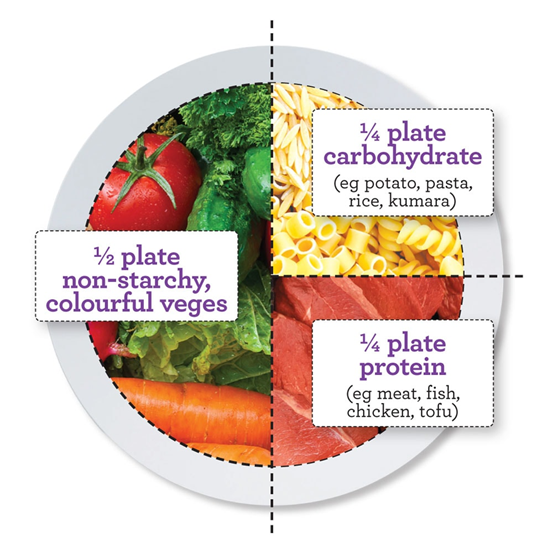
Things to Remember When You Start The Fatty Liver Diet
8 tips for your success on the fatty liver diet plan:
1. Be patient
2. Plan ahead
3. Have a support system in place
4. Make time for meal prep
5. Prepare a food journal
6. Stay hydrated and find a safe weight loss supplement or medicine that works well with your health issues and dietary needs
7. Stick to the plan& accept help when you need it most, but do it yourself first, if possible; avoid hiring professional coaches who will just tell you what they want to hear
8. Thrive with these 8 tips!
7day meal plan for Fatty liver
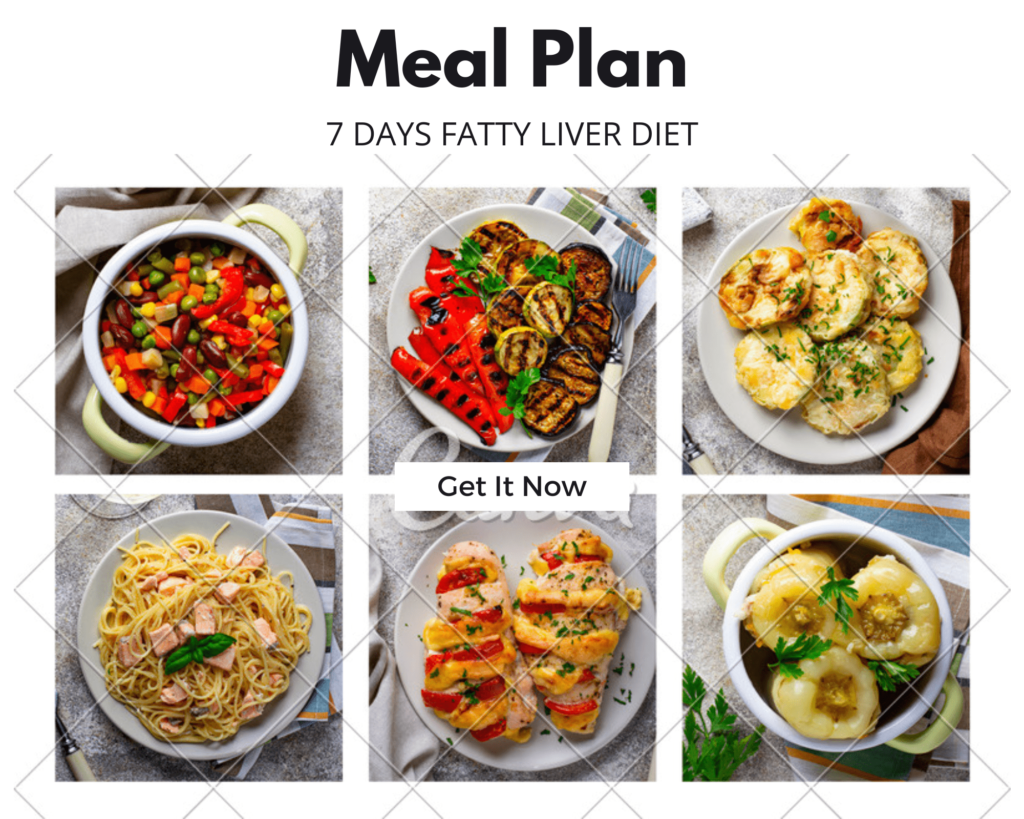
1. Monday
| Breakfast | Millet upma |
| Lunch | Jawahar roti + mixed vegetable curry |
| Snacks | Apple slices + unsweetened peanut butter |
| Dinner | Kadhi+ steamed rice |
2. Tuesday
| Breakfast | Moong dal dosa+ sambhar |
| Lunch | Black bean curry + brown rice |
| Snacks | Banana smoothie |
| Dinner | Ragi roti + dal |
3. Wednesday
| Breakfast | Thepla + methi/ green tea |
| Lunch | Bajra roti+ drumstick curry |
| Snacks | Steamed beetroot salad |
| Dinner | kala chana roll / brown rice+ mixed vegetable curry |
4. Thursday
| Breakfast | Cauliflower paratha+ curd |
| Lunch | Wheat roti+ lentils |
| Snacks | Unsalted popcorn |
| Dinner | Roti + bottle gourd curry |
5. Friday
| Breakfast | Rava oat idly |
| Lunch | Khichdi + raita |
| Snacks | Corn salad |
| Dinner | Carrot thepla+ green chutney |
6. Saturday
| Breakfast | Poha + peanuts |
| Lunch | Bamboo rice + moong dal |
| Snacks | Fresh vegetable soup |
| Dinner | Mixed vegetable upma |
7. Sunday
| Breakfast | Palak puri + green peas curry |
| Lunch | Sago masala dosa + chutney |
| Snacks | Sprout salad |
| Dinner | Chapati+ cabbage tomato sabjii |
Frequently Askes Questions (FAQs)
1. Breakfast is one of the most important meals for persons suffering from fatty liver disease to perform optimally throughout the day.
2. The breakfast plan should consist of a low-fat diet with an adequate amount of carbohydrates and enriched with fibers, which is usually recommended for fatty liver disease.
3. Breakfast can include vegan waffles made from oatmeal flour loaded with various fruits like blueberries, raspberries, and strawberries. Boiled egg whites are also beneficial for fatty liver disease.
1. Nutritional diet and healthy lifestyle can help to reverse fatty liver disease.
2. One of the most important goals to prevent the progression of fatty liver is maintaining a healthy weight.
3. Avoid alcohol if you are suffering from a fatty liver, as consuming alcohol can further worsen the condition leading to alcoholic liver cirrhosis.
4. In addition, different types of exercises like aerobic exercise, running, swimming, etc., can help reduce weight, reducing the liver’s fat.
1. Fruits rich in antioxidants and low in sugars are beneficial for fatty liver disease.
2. Different types of berries such as blueberries and cranberries are good sources of antioxidants called polyphenols that help reduce the liver’s inflammation.
3. Also, fruits like papaya, avocados, and prickly pears are rich in fibers. Hence, beneficial for fatty liver disease.
4. Watermelon is also helpful in liver disease as it aids in flushing out the toxins from the body.
1. As per research, the Mediterranean diet is beneficial for alcoholic fatty liver disease.
2. Foods included in the Mediterranean diet are different types of fish and seafood, avocados, fruits, vegetables, legumes, nuts, and olive oil.
3. Apart from that, almond milk or low-fat cow’s milk can help people with liver disease. It manages the calcium levels in the body.
4. In addition, coffee without added sugars or creamers may curb the progression of fatty liver disease.
Some supplements have been shown to have beneficial effects on liver function in people with fatty liver disease. These supplements include vitamin E, omega-3 fatty acids, and milk thistle. However, it’s important to talk to your healthcare provider before taking any supplements. This is because some supplements can interact with medications or have side effects.

